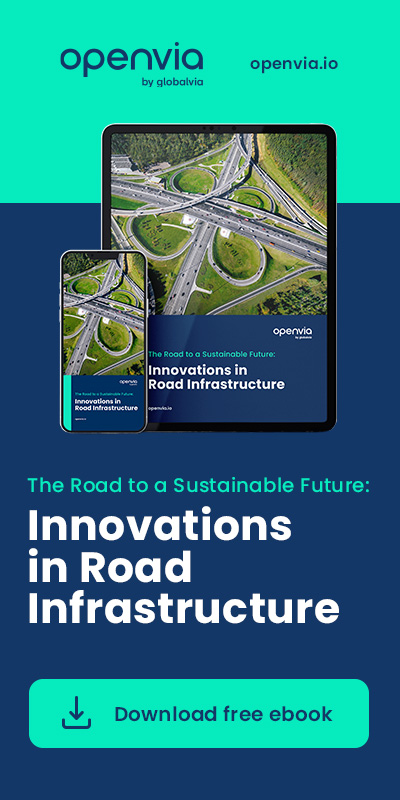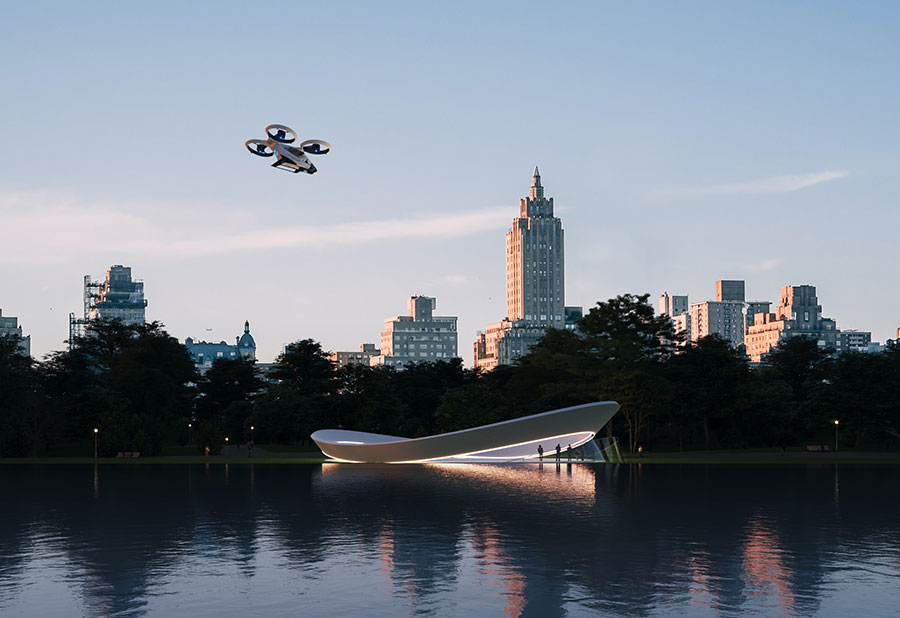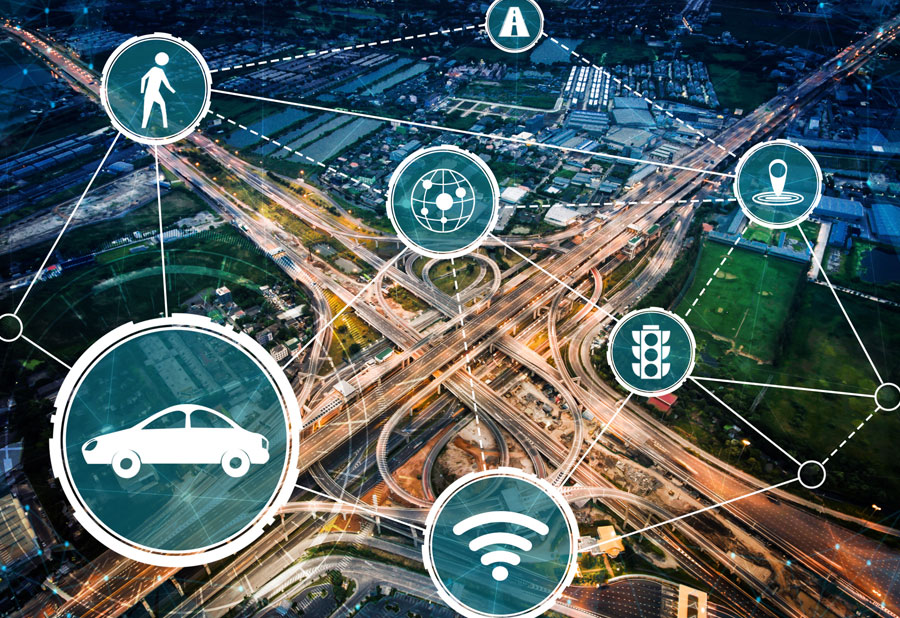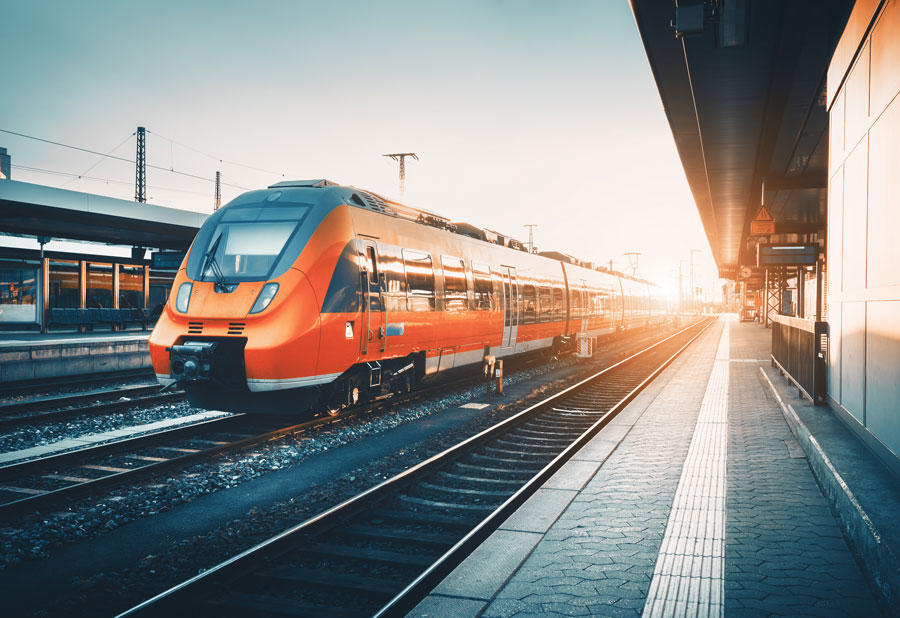Mobility in cities is currently undergoing a revolution due to innovations such as the mobility-as-a-service concept or MaaS(Mobility as a Service). The aim is to offer users a wide variety of transport services on a single integrated platform, a very clear example of how technology is transforming mobility.
In a context where sustainability and efficiency of urban transport are a priority in city policies, MaaS makes it easier for citizens not to depend on a single mode of transport. This concept, therefore, brings together in a single digital application different transport options – private cars, public transport, bicycles, electric scooters, cabs or car sharing – and allows users to plan and pay for trips more quickly and easily.
Its advantages are extensive, starting with greater speed, simplicity, comfort, accessibility and personalization of journeys, always with reliable information and data in real time. This not only facilitates a more efficient and productive personal trip based on multimodality, but also at a collective level, it promotes an improvement in the mobility of other users because traffic is decongested in cities, greenhouse gas emissions such as CO2 are reduced and public transport becomes more efficient.
The ways in which technology is transforming mobility in cities that we are about to describe are intended to offer a real alternative to the use of the private car. This goal entails a more fluid and organized mobility, a more efficient management of public administrations and economic and environmental benefits.
Do you want to know more about Mobility and Sustainability?
4 ways in which technology is transforming mobility
Mobility as a service and multimodality are constantly evolving and will offer better experiences as the years go by, as they are further refined and as it becomes easier and easier to integrate different mobility modes and operators. Some of the most notable advantages include the following:
- Improved accessibility to means of transport: more flexible and personalized transport options are offered on a single digital platform, which means that they provide improved accessibility to means of transport in cities.
- Increased efficiency: integration brings greater efficiency to travel because it makes it possible to customize journeys by combining means of transport in a centralized manner, according to personal daily needs.
- Improved user experience: personalization of the journey and simple, unified payment provides an enhanced user experience.
- Carbon footprint reductions: in line with the previous points, the increased use of mobility as a service and multimodality of transport helps to reduce the carbon footprint and improves the air quality of cities.
Having seen the advantages of MaaS from points of view such as transportation management and environmental care in day-to-day city life, we will explain four specific ways in which technology is transforming mobility.
1.- Multimodal Transportation Applications
First, multimodal transportation apps are technologies that allow users to plan and book trips on multiple modes of transportation, including public, car-sharing services, electric scooters, bike-sharing or cabs, for the same trip.
They work by combining information from different transportation providers on a single device. Although they vary according to the company that develops them, multimodal transport apps give the possibility to compare different transport options in real time, book and pay for trips. They are easy to use and users save time and money on their urban commute.
An example of these solutions is Meep Sevilla by Globalvia, which integrates all the services of Metro de Sevilla, the TUSSAM bus network, the Sevici bicycle service, Muving electric motorcycles and the city’s cabs.
2.- Integrated payment systems
Integrated payment systems are another of the technologies that are transforming present and future mobility. They consist of electronic payment for the modes of transport available in urban centers from a single platform. By charging with credit, they allow rapid and unified payment of all tickets.
What are the advantages of integrated payment systems?
- Greater convenience and accessibility to transportation.
- Saving time and money because there is no need to switch from one app to another when changing from one means of transport to another, or to buy different tickets or cards.
- The use of public transportation is encouraged because it is easier and faster to make transfers.
- These methods provide security in transportation by providing real-time information on the routes, how long it takes to wait for the next train or bus, and also facilitate the identification of vehicle drivers.
- The user experience is improved by obtaining a greater amount of more accurate mobility data from all transport services, while respecting users’ privacy.
3.- Multimodal route planning systems.
A MaaS technology is the use of multimodal route planning systems in cities, which enable trip planning and combination of various modes of transport. As a result, anyone using them can manage their trips much more efficiently and reach their destination faster.
They work with algorithms that optimize the routes that make up the trip to obtain the fastest and/or most economical and/or most sustainable combination by comparing metrics or factors such as travel time, distance from the current location to the destination point, availability of means of transportation and the amount of traffic on the streets. All this real-time information enables users to adapt and plan journeys quickly, easily and effectively.
Its advantages include greater convenience in route planning or economic savings because it compares the prices of different transport combinations.
4.- Combined subway and scooter ticketing subscriptions
And fourth, we focus on combined metro and scooter ticketing subscriptions for the last mile, which, among other benefits, enable more efficient, cost-effective and faster delivery of orders for delivery or e-commerce companies, for example.
The combination of traditional means of transportation -the Metro- with Personal Mobility Vehicles or MVPs, -shared electric scooters- makes commuting more efficient and lower cost.
Paid monthly or annually, they are an urban transportation alternative that decongests city traffic, reduces noise and environmental pollution. And, in short, they promote greater sustainability and are a step forward to improve mobility in cities.
How technology is changing mobility: forecasts for the future
The various practical applications of technology as a method of transforming mobility in cities are made possible by several factors. In addition to increasingly advanced solutions and applications, it is very important to note the use of real-time data from all transportation in a city.
The future of mobility in cities depends on increasingly efficient technologies that always offerreal-time data. Only in this way, with a single platform for managing different modes of transport, will users have at their disposal attractive, convenient and economical alternatives to the use of private cars.
As part of this common goal, at Openvia we are aware of the power of technology to change and improve the lives of citizens. That technology is transforming mobility in cities is a reality, it is not science fiction, and what we have to achieve is that the changes are always to promote efficiency, productivity, sustainability and a better quality of life.






